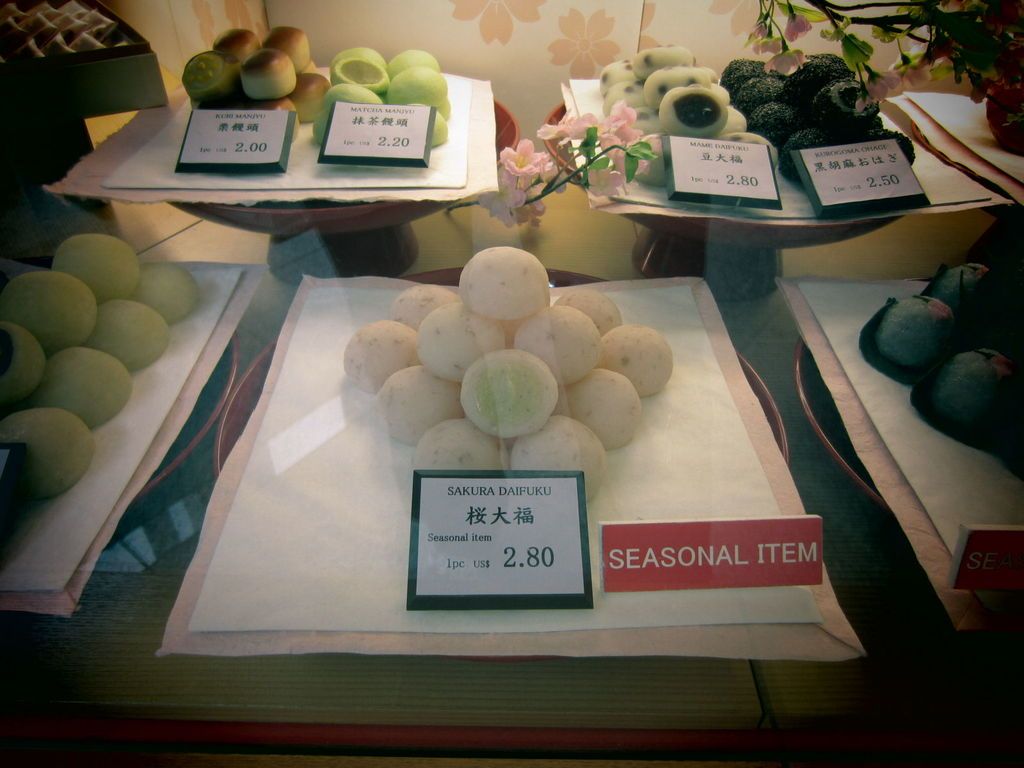Efficiently Handle Restaurant Expenses: Ensuring Smooth Operations and Profitability Through Effective Food Cost Management
Running a successful restaurant in today's competitive industry isn't just about cranking out delicious dishes. It's about smart management of your resources, particularly food costs, to keep your profits high without compromising quality. Here are some tips and tricks to help you get the most bang for your buck in the kitchen.
Get Educated: Know the Value of Food Cost Management
Whether you're a budding restaurant manager or a seasoned veteran with a culinary arts degree, it's crucial to understand how to manage food costs. Food costs are a significant and fickle expense that can make or break your restaurant. But with the right knowledge, planning, and strategy, you can keep those costs in check and boost your profits.
Weekly Tracking: Keep Your Finger on the Pulse
According to the National Restaurant Association, keeping a close eye on your food costs on a weekly basis can significantly increase your profits. By reviewing your expenses regularly, you can quickly identify problem areas, adapt, and make informed decisions. Monthly reviews might leave too much room for error, while daily tracking can be time-consuming. Strike a balance that works for you.
Inventory Management: The Key to Survival
A well-managed inventory ensures that you always have the right amount of food, reducing both waste and costs. Efficient inventory management can lead to improved vendor relationships, happier customers, and a more profitable business. To start, create a checklist that includes organizing your shelves, counting and measuring your items, labeling stock, and using a par inventory sheet.
Sales Forecasting: Predict and Profit
Customized sales forecasting using historical data can help improve your restaurant’s performance and reduce food costs. Investing in restaurant management software can help you make intelligent inventory choices and guide your chefs and kitchen staff to reduce food waste and boost profits.
Let's Talk Prices: Profit Over Perception
Pricing menu items is more complex than it seems. Yes, it's important to consider what the market will bear, but there's a lot more to it. Determining your pricing strategy will depend on whether you want to focus on value, profits, or a combination of both. And don't shy away from re-engineering your menu to create a dynamic, cost-effective offering that entices customers and boosts profits.
Keep an Eye on Your Vendors
Mistakes happen, and vendor missteps could leave you with a hefty bill. Staying on top of your orders and comparing vendor invoices to your orders can help you catch and address discrepancies quickly. Regular reviews and automated reports can help you flag purchases that don't align with your contracted pricing, saving you time and money.
Watch Your Portions
Consistent portion sizes are key to controlling food costs and waste. Provide your kitchen staff with the right tools to measure ingredients accurately, establish portion standards, and encourage strict adherence during food prep.
Waste Not, Want Not
Food waste can spell disaster for your bottom line. Set goals and tasks that encourage your staff to prevent waste by being mindful of inventories, double-checking orders, and focusing on popular menu items.
By following these tips, you'll be able to control your food costs, boost your profits, and properly manage your restaurant. Happy cooking!
- An associate degree in culinary arts or a background in the hospitality industry can provide valuable knowledge for managing food costs, which are a crucial factor in the success of a restaurant's business operations.
- To maintain a profitable business, it's essential to track food costs weekly to identify problem areas and make informed decisions about your food-and-drink operations.
- Effective inventory management is key to ensuring a well-stocked kitchen, reducing waste, and creating a more efficient and profitable hospitality business.
- Customized sales forecasting using historical data can help optimize inventory choices, reduce food waste, and boost profits for a successful food-and-drink establishment.




